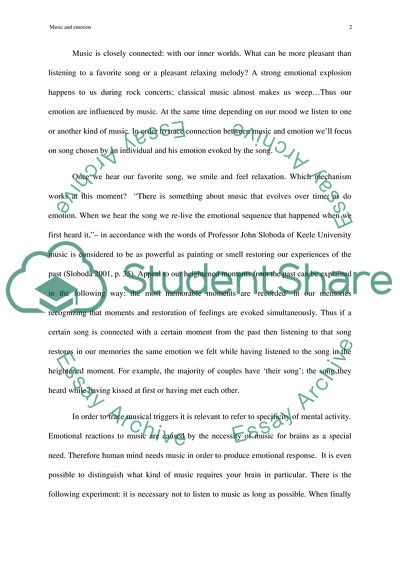Cite this document
(Music and Emotions Essay Example | Topics and Well Written Essays - 2000 words, n.d.)
Music and Emotions Essay Example | Topics and Well Written Essays - 2000 words. https://studentshare.org/music/1742042-music-as-communication-essay
Music and Emotions Essay Example | Topics and Well Written Essays - 2000 words. https://studentshare.org/music/1742042-music-as-communication-essay
(Music and Emotions Essay Example | Topics and Well Written Essays - 2000 Words)
Music and Emotions Essay Example | Topics and Well Written Essays - 2000 Words. https://studentshare.org/music/1742042-music-as-communication-essay.
Music and Emotions Essay Example | Topics and Well Written Essays - 2000 Words. https://studentshare.org/music/1742042-music-as-communication-essay.
“Music and Emotions Essay Example | Topics and Well Written Essays - 2000 Words”. https://studentshare.org/music/1742042-music-as-communication-essay.


